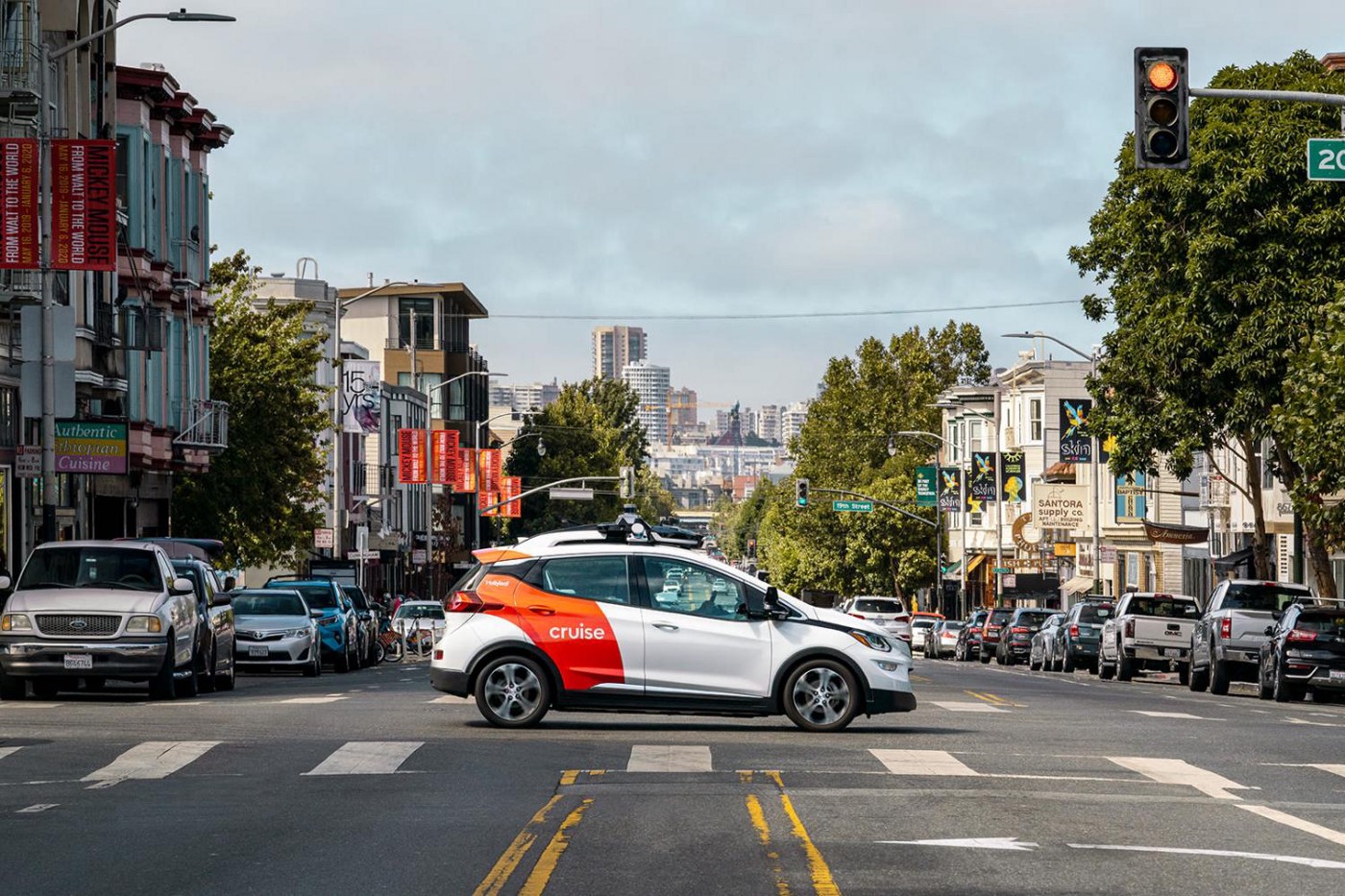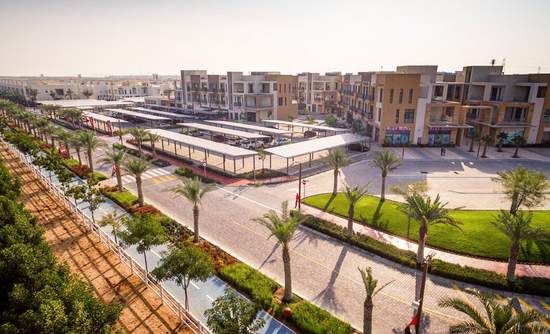When communities and local governments work together to create an urban landscape that caters to the needs of children, the result can be a safer environment for the younger generation and a more successful and thriving city overall. Many cities across the country have adopted elements of UNICEF’s Child Friendly City initiative, which promotes building sustainable cities and environments committed to honoring children’s rights. This includes having plenty of green space for plants and animals, providing opportunities to participate in cultural and social events, and supporting health care and educational institutions.
Here are some reasons why child-friendly cities are successful cities:
Focused on Equality
Child-friendly cities regard every resident as an equal and believe that all residents should have access to services and opportunities around the city regardless of gender, disability, ethnic origin, and other demographic statistics. This promotes environments of diversity and fairness among residents. It also upholds a high standard of respect among residents so that current and future generations can promote equality in their lives and in their community.
Puts Safety First
Child-friendly cities are committed to protecting children from violent crimes, exploitation, and abuse. This can have a trickle-down effect on residents as they are supported by local organizations and even local law enforcement to keep violence and crime at bay. Prioritizing the safety and well-being of all residents is critical for a city to thrive and child-friendly cities tend to uphold this as a necessity.
Embraces Nature
Many urban landscapes are littered with industrial buildings and pollution levels run high. Child-friendly cities encourage more green spaces and open environments where residents can embrace nature. This might take the form of investing in more city parks, promoting ‘green’ events, and taking the lead on preserving the environment with appropriate clean-up and maintenance practices. The result is that all residents can enjoy living in a city that provides opportunities to connect with nature and in turn, improves overall well-being.
Maintains Unpolluted Environments
From the drinking water to public restrooms, child-friendly cities are dedicated to preventing diseases and health issues related to the environment. As a result, residents can enjoy cleaner air, access to sanitary public spaces, and have access to pollutant-free drinking water. Cities in which tap water is not drinkable may focus on improving water and sewer systems, preventing hard water, and ensuring communities are built around grocery stores or convenience stores where clean water is readily accessible.
Wealth of Social and Community Activities
Children are eager to socialize and encouraged to make friends and develop relationships at a young age. Child-friendly cities may support these efforts by building playgrounds, hosting community events for different age groups, and sponsoring the arts. As a result, residents may have access to a wealth of social and community activities that encourage relationship-building and help residents connect. From city festivals to smaller play groups, living in a child-friendly city can help residents participate in family-friendly activities and get to know fellow residents in safe social environments.
Child-friendly cities offer a multitude of benefits for children and families, as well as residents of the city who may not have children or a family. Since many of these cities are designed to promote diversity, reduce our carbon footprint, and encourage healthy relationships and community-building efforts, the result is often a happier and more successful city. Landscape architects, builders, and local governments work together to create a safe, sustainable, and harmonious environment for all. As a result, these cities often see low crime rates, low unemployment rates, more diversity, and a variety of cultural activities that cater to all types of residents.





